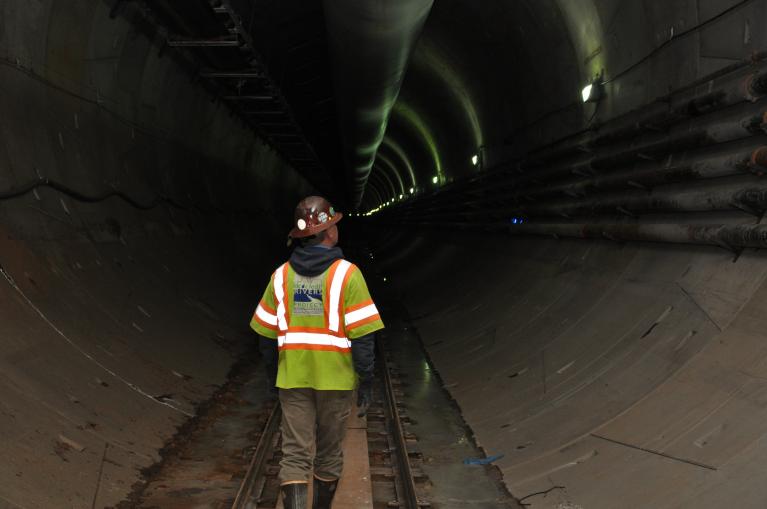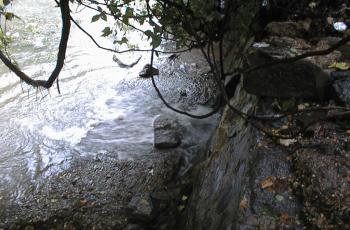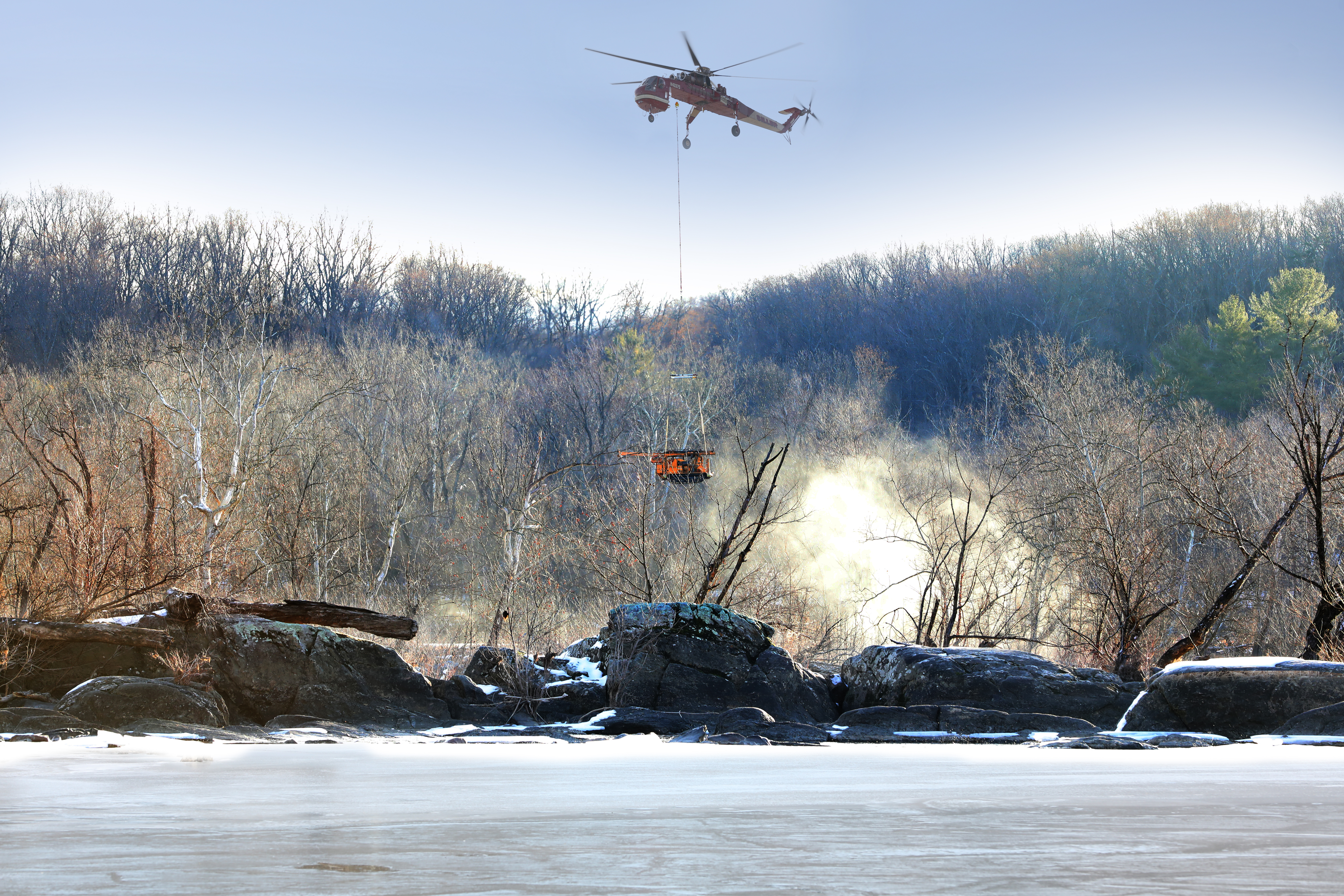

In the District of Columbia, most of the sewer system is a separate sewer system. In separate sewer systems, sewage and stormwater are carried through different pipes. Sewage pipes carry raw wastewater to the Blue Plains Advanced Wastewater Treatment Plant and stormwater pipes carry rainwater to local waterways. However, about 1/3 of the District has an older, combined sewer system, or CSS. In combined sewer systems, one pipe carries both wastewater and stormwater runoff.
When it rains heavily in areas served by a combined sewer system, the stormwater and wastewater flow through the same pipe. Some of the pipes aren't big enough to handle the flows of very large rainstorms. Rather than have sewage back up into homes and streets, the combined sewer system sends the overflow water to the local waterways. The result is called a combined sewer overflow, or CSO.
To improve the health of our waterways, DC Water has implemented a large-scale, long-term plan to reduce CSOs in local waterways-our Clean Rivers Project. We will separate the sewer pipes, eliminate several CSO outfalls, build storage tunnels and install green infrastructure. Together, these efforts will significantly improve water quality in the District’s waterways.
By the year 2025, we expect to reduce CSOs in the Potomac and Anacostia rivers and Rock Creek by 96% overall. CSOs in the Anacostia will be reduced by 98%.


